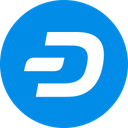-
 bitcoin
bitcoin $118548.520763 USD
3.67% -
 ethereum
ethereum $4352.564943 USD
4.79% -
 xrp
xrp $2.964058 USD
4.22% -
 tether
tether $1.000565 USD
0.05% -
 bnb
bnb $1028.372955 USD
1.46% -
 solana
solana $221.373507 USD
6.00% -
 usd-coin
usd-coin $0.999933 USD
0.02% -
 dogecoin
dogecoin $0.248633 USD
6.85% -
 tron
tron $0.341444 USD
2.38% -
 cardano
cardano $0.852946 USD
5.82% -
 hyperliquid
hyperliquid $47.869306 USD
6.15% -
 chainlink
chainlink $22.561476 USD
6.01% -
 ethena-usde
ethena-usde $1.001258 USD
0.05% -
 avalanche
avalanche $30.660000 USD
2.06% -
 stellar
stellar $0.400917 USD
9.76%
What is Oracle?
Oracle, a decentralized service, allows blockchain applications to interact with external data, enabling them to make informed decisions and provide more intricate functionality.
Feb 16, 2025 at 04:48 am
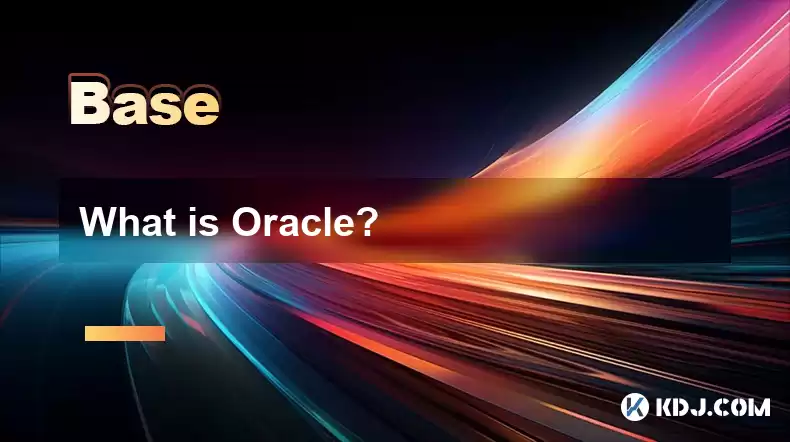
What is Oracle?
Oracle is a decentralized service that allows smart contracts to access external data and services. It enables blockchain applications to interact with real-world events and information, allowing them to make more informed decisions and provide more sophisticated functionality.
Key Points:
- Oracle provides a bridge between the blockchain and the real world.
- Smart contracts can use Oracle to access off-chain data and services.
- Oracle enhances the capabilities and applications of smart contracts.
Steps Involved in Using Oracle:
1. Request Data from Oracle:Smart contracts interact with Oracle by sending data requests to specific Oracle providers. These requests specify the type of data needed and the parameters for obtaining it.
2. Oracle Provider Fetches Data:Oracle providers are responsible for fetching the requested data from external sources. They use various methods to acquire data, such as APIs, web scraping, or by querying third-party databases.
3. Data Verification and Validation:Once the Oracle provider collects the data, it verifies its authenticity and accuracy through various mechanisms, such as consensus among multiple Oracle providers or by using tamper-proof hardware.
4. Data Transmission to Smart Contracts:After verifying the data, Oracle providers securely transmit it back to the smart contracts that made the request. Smart contracts can then utilize the data to perform actions or make decisions.
Oracle Frameworks and Implementations:
Chainlink: A decentralized oracle network that uses a reputation system to ensure reliability and security. Chainlink provides a range of services, including price feeds, event monitoring, and verifiable randomness.
Band Protocol: A cross-chain oracle platform that utilizes a Proof-of-Stake mechanism to incentivize the provision of accurate data. Band Protocol is designed to be highly scalable and secure, supporting real-world use cases.
Tellor: A community-governed oracle network that uses a staking model to reward reliable data providers. Tellor emphasizes transparency and decentralization, allowing anyone to participate in the network's operation.
Nest Protocol: A hybrid oracle solution that combines on-chain and off-chain components. Nest Protocol utilizes a two-token system to incentivize stakeholders and ensure the reliability of the oracle network.
Benefits of Oracle:
- Enhanced Decision-Making: Oracle allows smart contracts to make informed decisions based on real-world data. This increases the efficiency and reliability of smart contracts, enabling them to adapt to changing conditions.
- Increased Functionality: Oracle empowers smart contracts with the ability to perform complex tasks that require real-world data, such as triggering payments based on weather conditions or accessing market prices.
- Improved Transparency: By providing access to verifiable and tamper-proof data, Oracle promotes transparency in smart contract applications. This reduces the risk of manipulation and fraud, fostering trust in blockchain systems.
FAQs:
What types of data can Oracle provide?Oracle can provide a wide range of data, including:
- Financial data (e.g., currency exchange rates, stock prices)
- Weather data (e.g., temperature, precipitation)
- News and event data (e.g., headlines, sports scores)
- IoT data (e.g., sensor readings from devices)
Oracle providers implement various measures to ensure data security, such as:
- Cryptographic encryption
- Multi-factor authentication
- Hardware security modules (HSMs)
Data integrity in Oracle networks is maintained through mechanisms such as:
- Data validation by multiple Oracle providers
- Consensus protocols
- Stake-based incentives for accurate data provision
Oracle is not without limitations. Key limitations include:
- Potential for biased or manipulated data from compromised Oracle providers
- Dependency on internet connectivity for data transmission
- Cost and complexity considerations in implementing an Oracle solution
Disclaimer:info@kdj.com
The information provided is not trading advice. kdj.com does not assume any responsibility for any investments made based on the information provided in this article. Cryptocurrencies are highly volatile and it is highly recommended that you invest with caution after thorough research!
If you believe that the content used on this website infringes your copyright, please contact us immediately (info@kdj.com) and we will delete it promptly.
- BlockDAG, DOGE, HYPE Sponsorship: Crypto Trends Shaping 2025
- 2025-10-01 00:25:13
- Deutsche Börse and Circle: A StableCoin Adoption Powerhouse in Europe
- 2025-10-01 00:25:13
- BlockDAG's Presale Buzz: Is It the Crypto to Watch in October 2025?
- 2025-10-01 00:30:13
- Bitcoin, Crypto, and IQ: When Genius Meets Digital Gold?
- 2025-10-01 00:30:13
- Stablecoins, American Innovation, and Wallet Tokens: The Next Frontier
- 2025-10-01 00:35:12
- NBU, Coins, and Crypto in Ukraine: A New Yorker's Take
- 2025-10-01 00:45:14
Related knowledge

How does cryptocurrency achieve decentralization?
Sep 30,2025 at 04:37am
Understanding the Foundation of Decentralization in Cryptocurrency1. Cryptocurrency achieves decentralization primarily through the use of blockchain ...
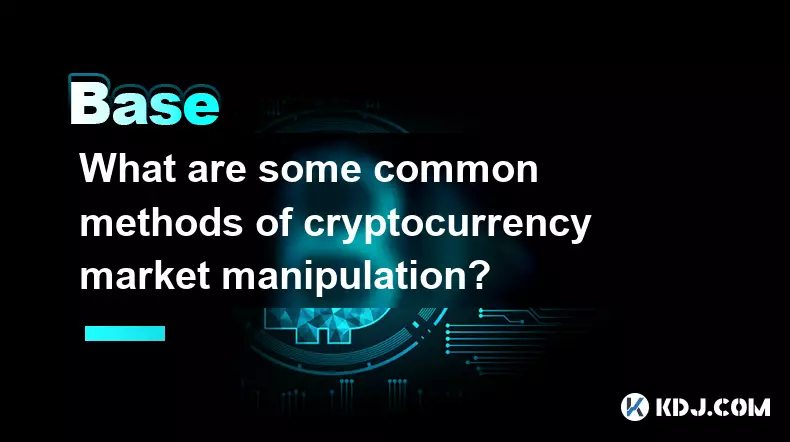
What are some common methods of cryptocurrency market manipulation?
Sep 27,2025 at 02:55am
Wash Trading and Its Impact on Market Perception1. Wash trading involves an individual or entity simultaneously buying and selling the same cryptocurr...
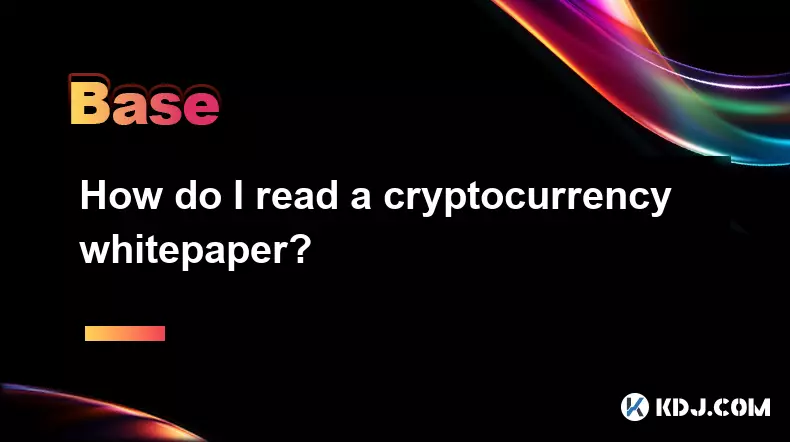
How do I read a cryptocurrency whitepaper?
Sep 27,2025 at 05:54am
Understanding the Structure of a Cryptocurrency Whitepaper1. Begin by identifying the executive summary, which outlines the project’s core vision and ...
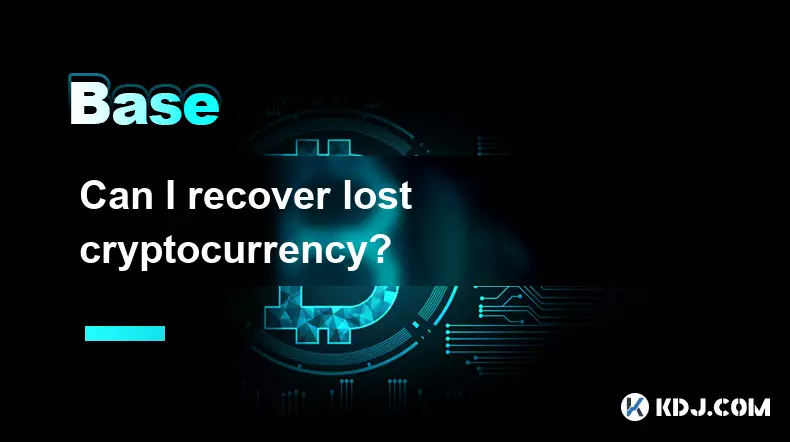
Can I recover lost cryptocurrency?
Sep 25,2025 at 08:18am
Understanding the Nature of Cryptocurrency Loss1. Cryptocurrency operates on decentralized networks, meaning there is no central authority to reverse ...
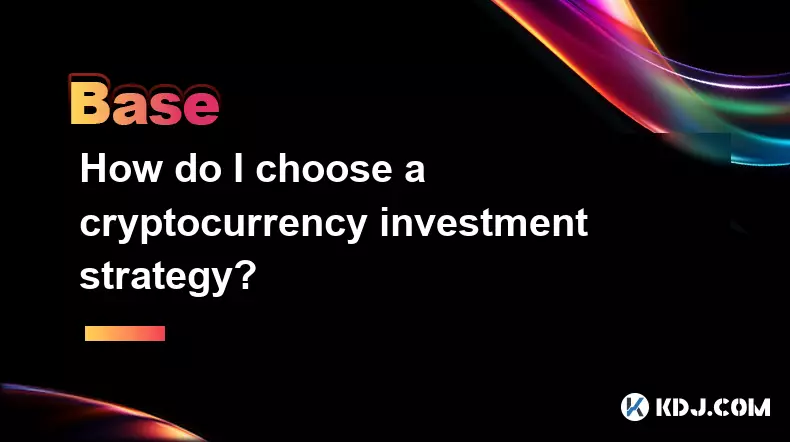
How do I choose a cryptocurrency investment strategy?
Sep 27,2025 at 03:55pm
Understanding Risk Tolerance in Crypto Investing1. Assessing personal risk tolerance is a foundational step when entering the cryptocurrency market. V...
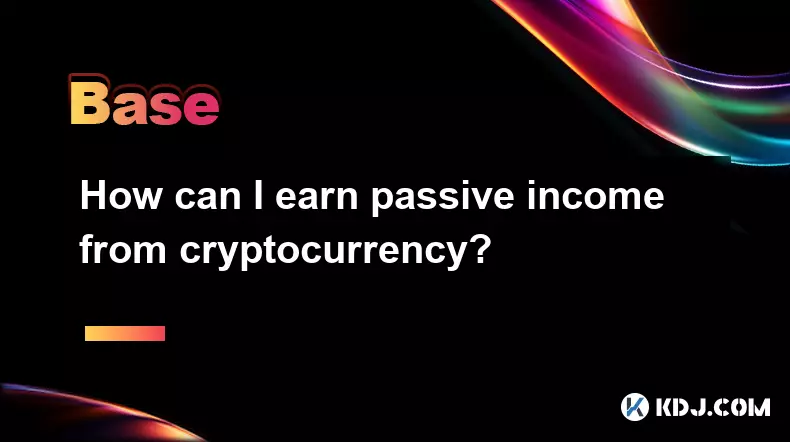
How can I earn passive income from cryptocurrency?
Sep 23,2025 at 10:18am
Staking Cryptocurrencies for Regular Returns1. Many blockchain networks operate on a proof-of-stake (PoS) consensus mechanism, allowing users to earn ...

How does cryptocurrency achieve decentralization?
Sep 30,2025 at 04:37am
Understanding the Foundation of Decentralization in Cryptocurrency1. Cryptocurrency achieves decentralization primarily through the use of blockchain ...

What are some common methods of cryptocurrency market manipulation?
Sep 27,2025 at 02:55am
Wash Trading and Its Impact on Market Perception1. Wash trading involves an individual or entity simultaneously buying and selling the same cryptocurr...

How do I read a cryptocurrency whitepaper?
Sep 27,2025 at 05:54am
Understanding the Structure of a Cryptocurrency Whitepaper1. Begin by identifying the executive summary, which outlines the project’s core vision and ...

Can I recover lost cryptocurrency?
Sep 25,2025 at 08:18am
Understanding the Nature of Cryptocurrency Loss1. Cryptocurrency operates on decentralized networks, meaning there is no central authority to reverse ...

How do I choose a cryptocurrency investment strategy?
Sep 27,2025 at 03:55pm
Understanding Risk Tolerance in Crypto Investing1. Assessing personal risk tolerance is a foundational step when entering the cryptocurrency market. V...

How can I earn passive income from cryptocurrency?
Sep 23,2025 at 10:18am
Staking Cryptocurrencies for Regular Returns1. Many blockchain networks operate on a proof-of-stake (PoS) consensus mechanism, allowing users to earn ...
See all articles






































































